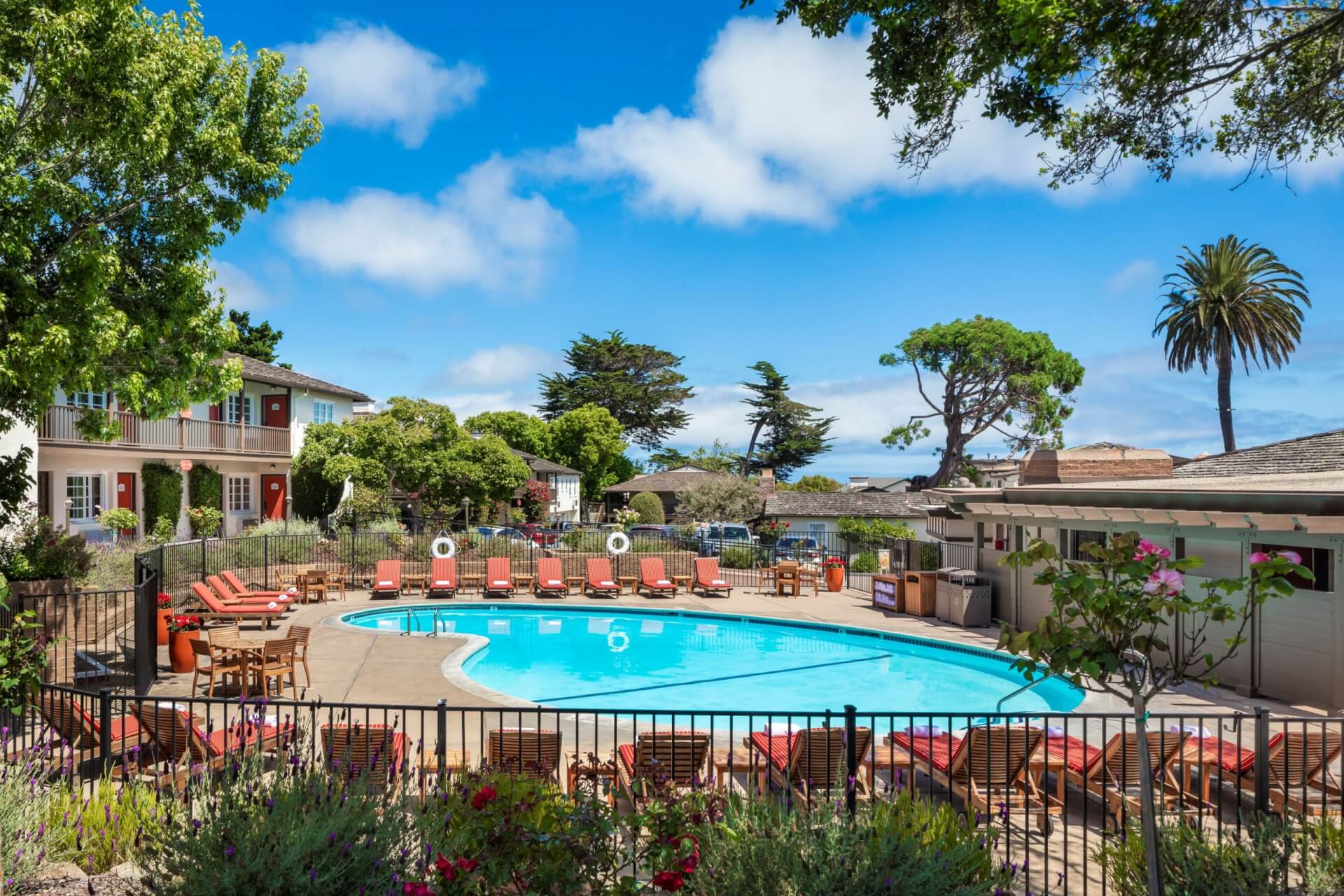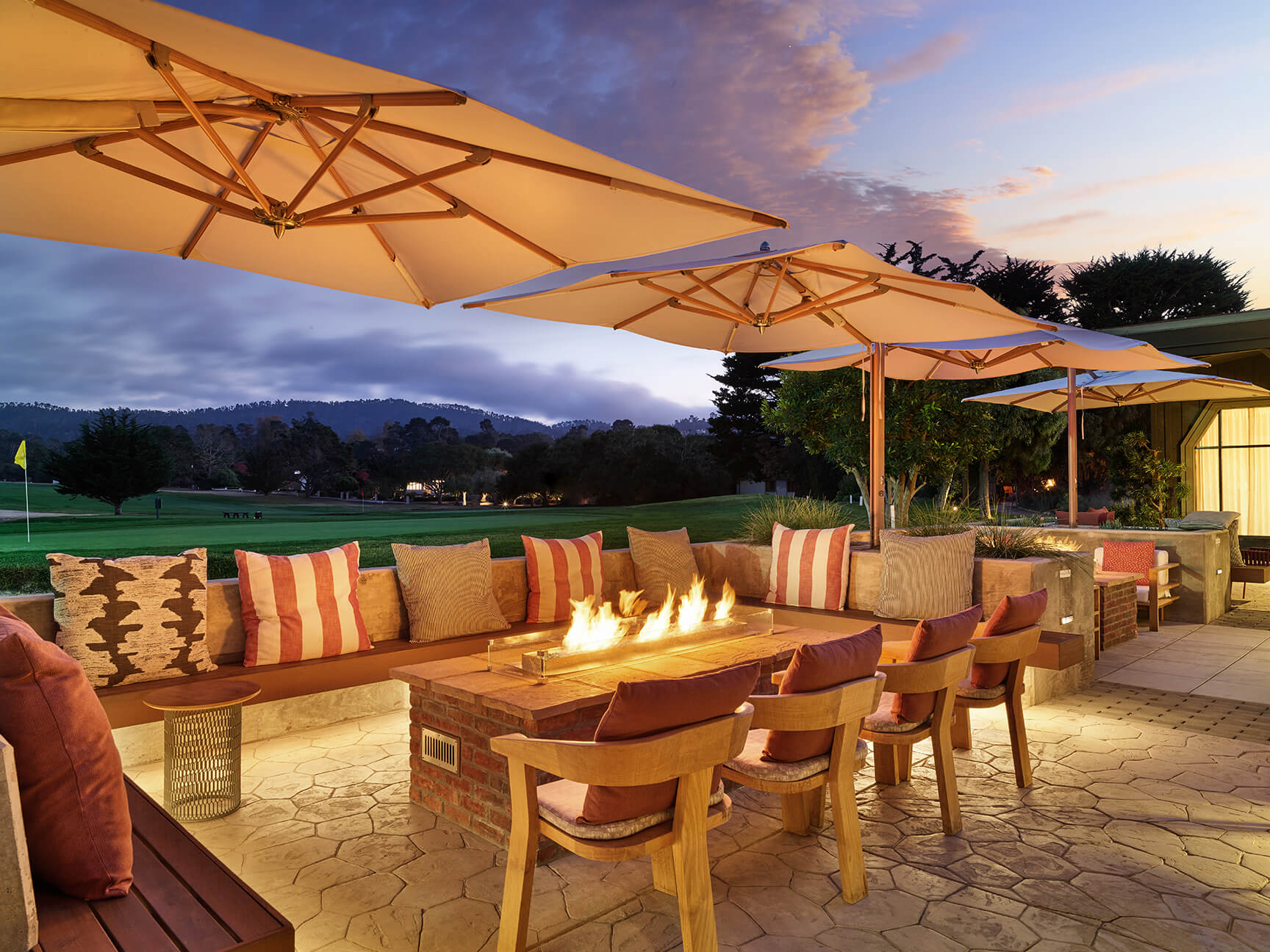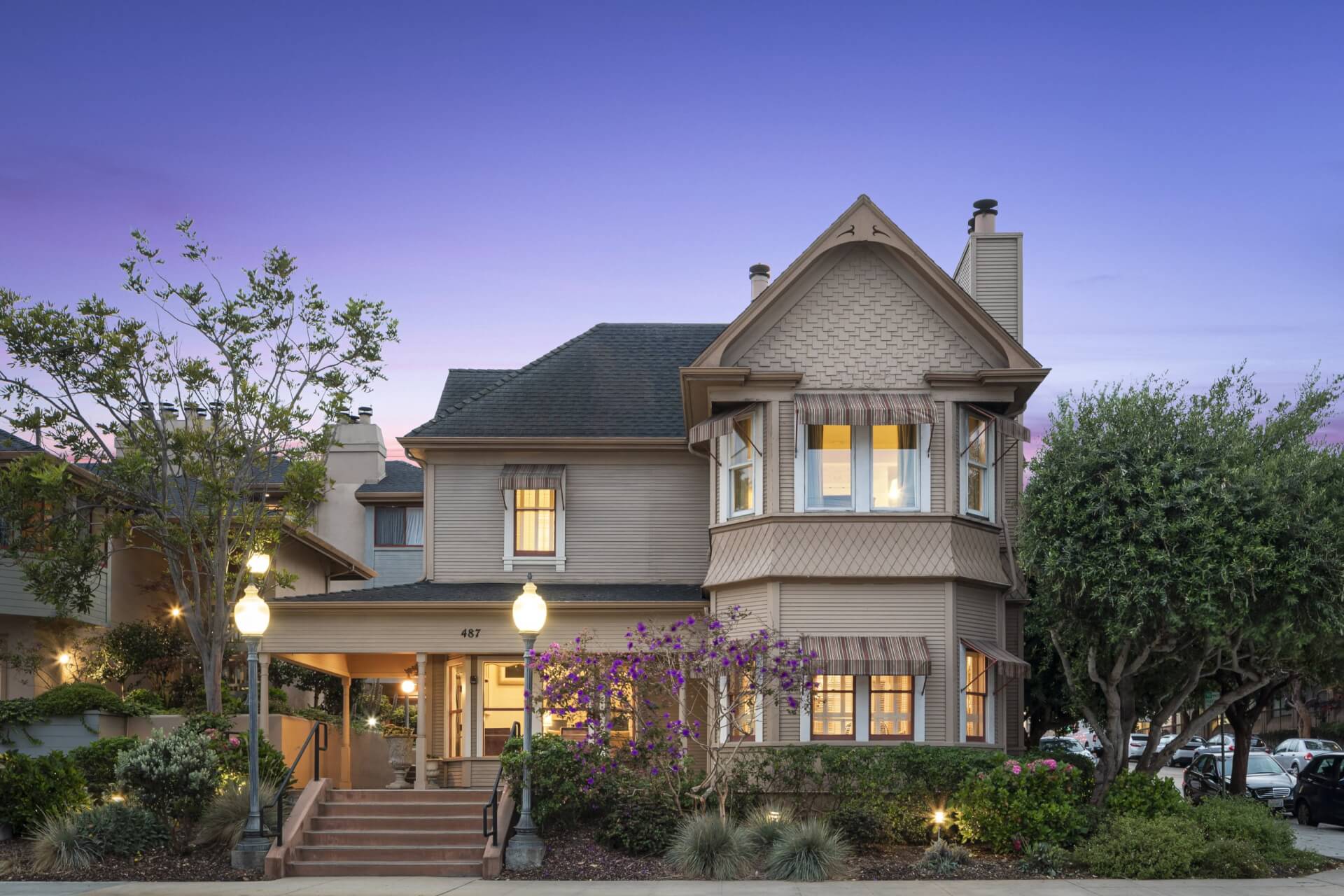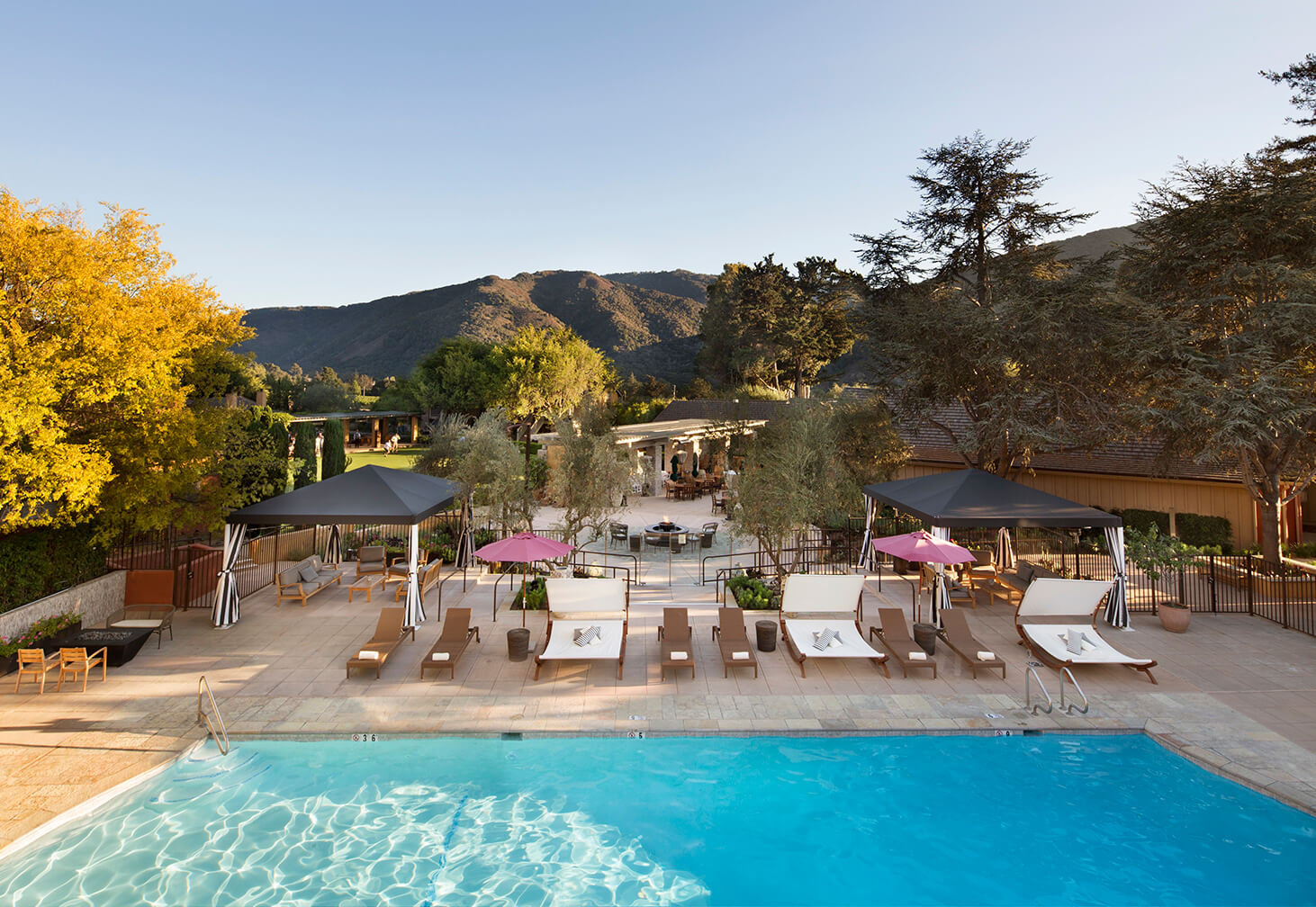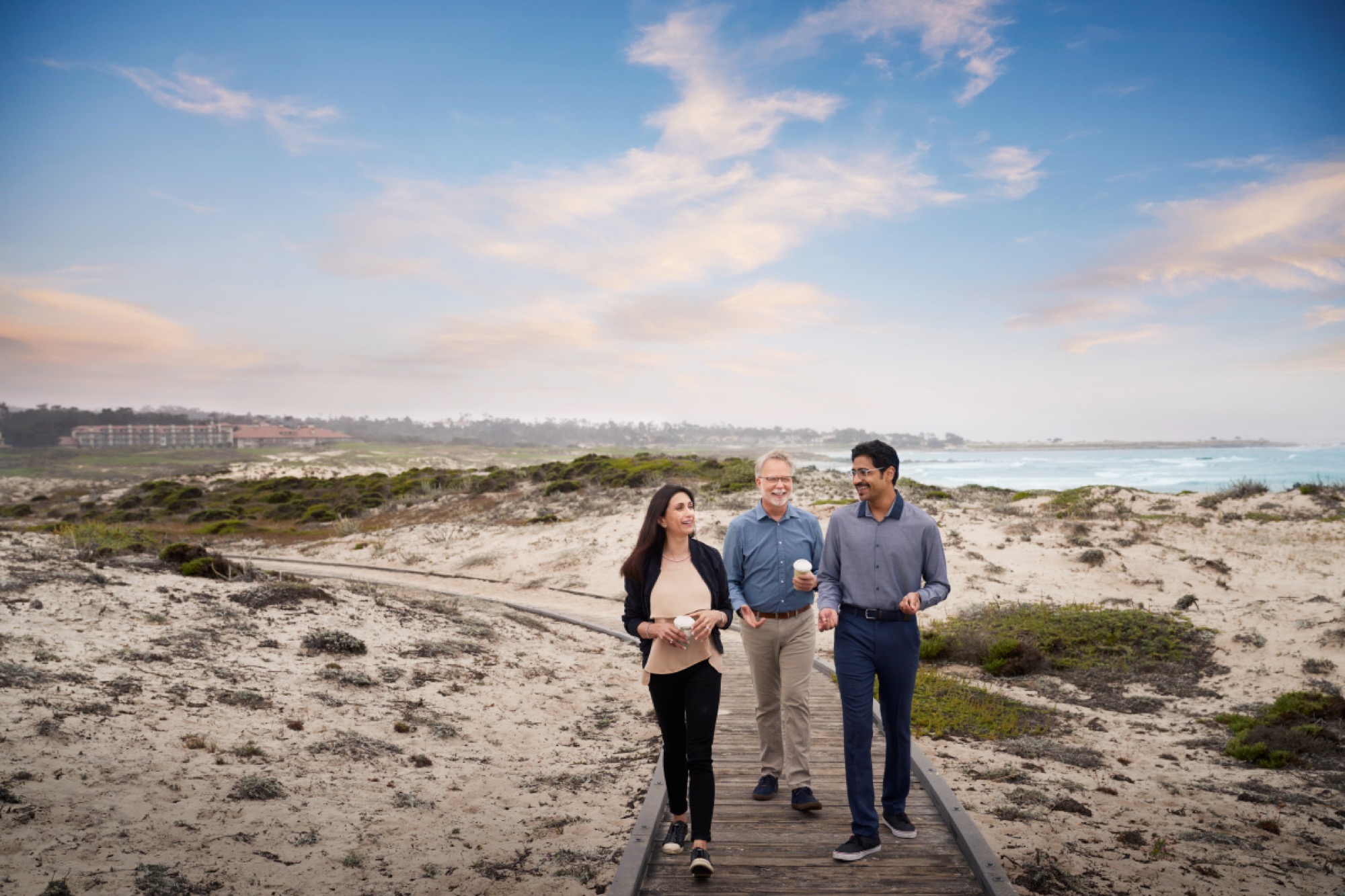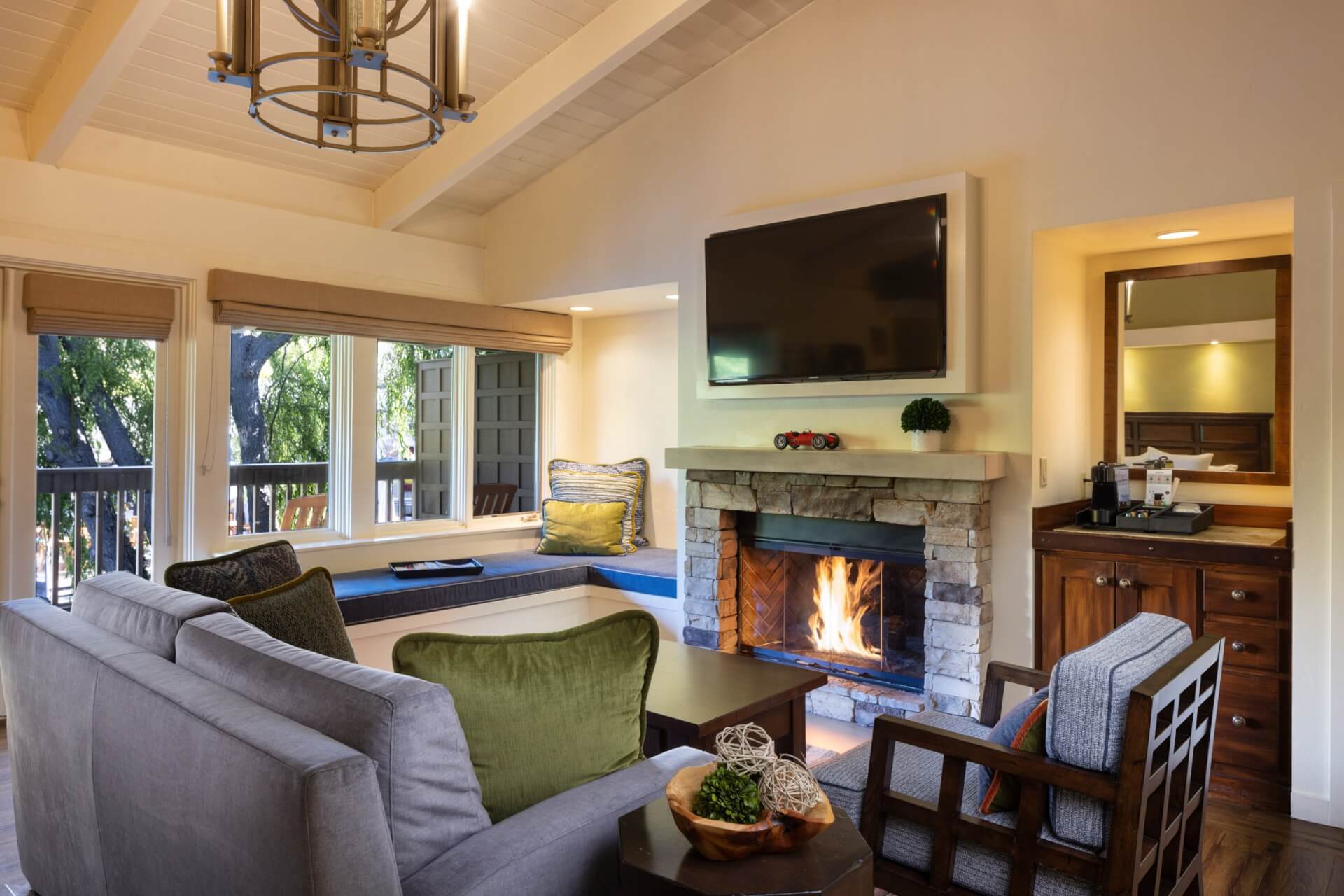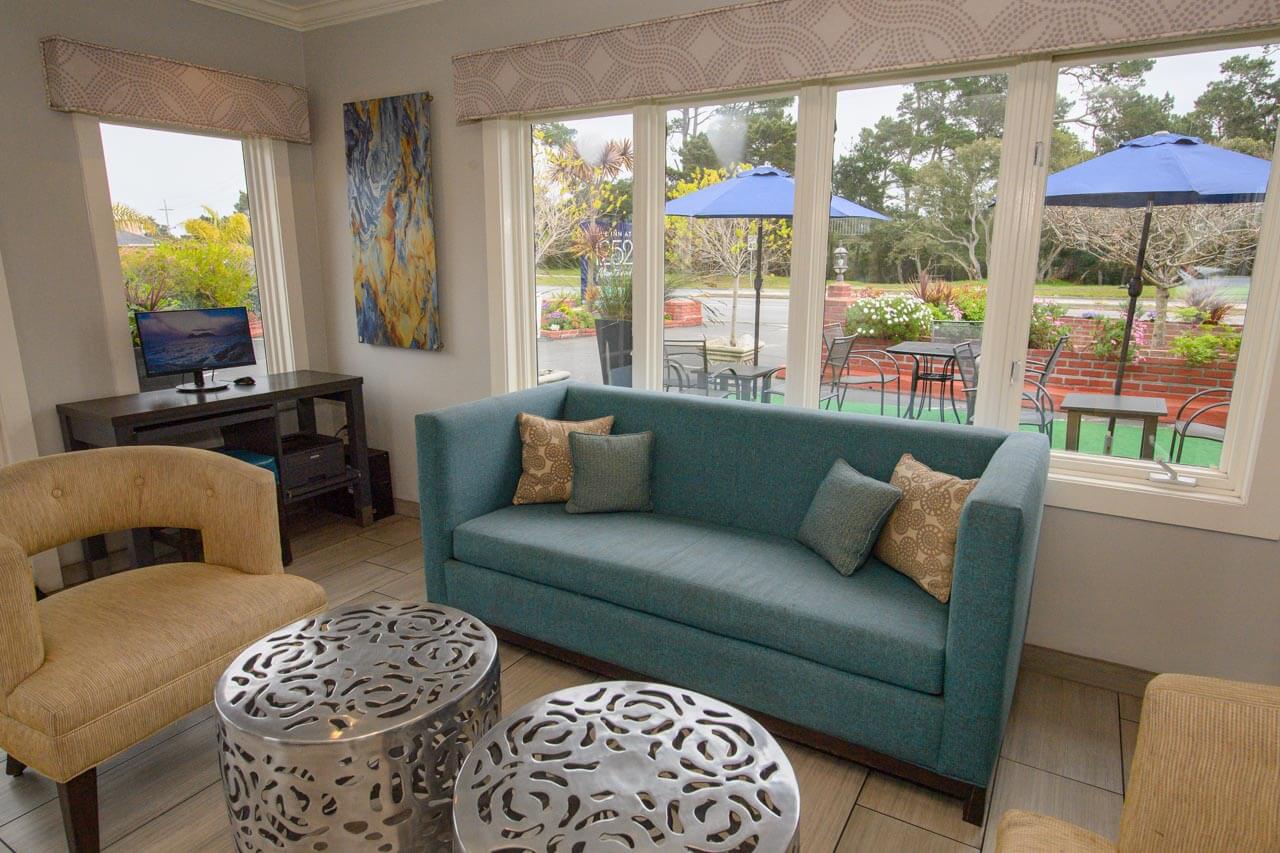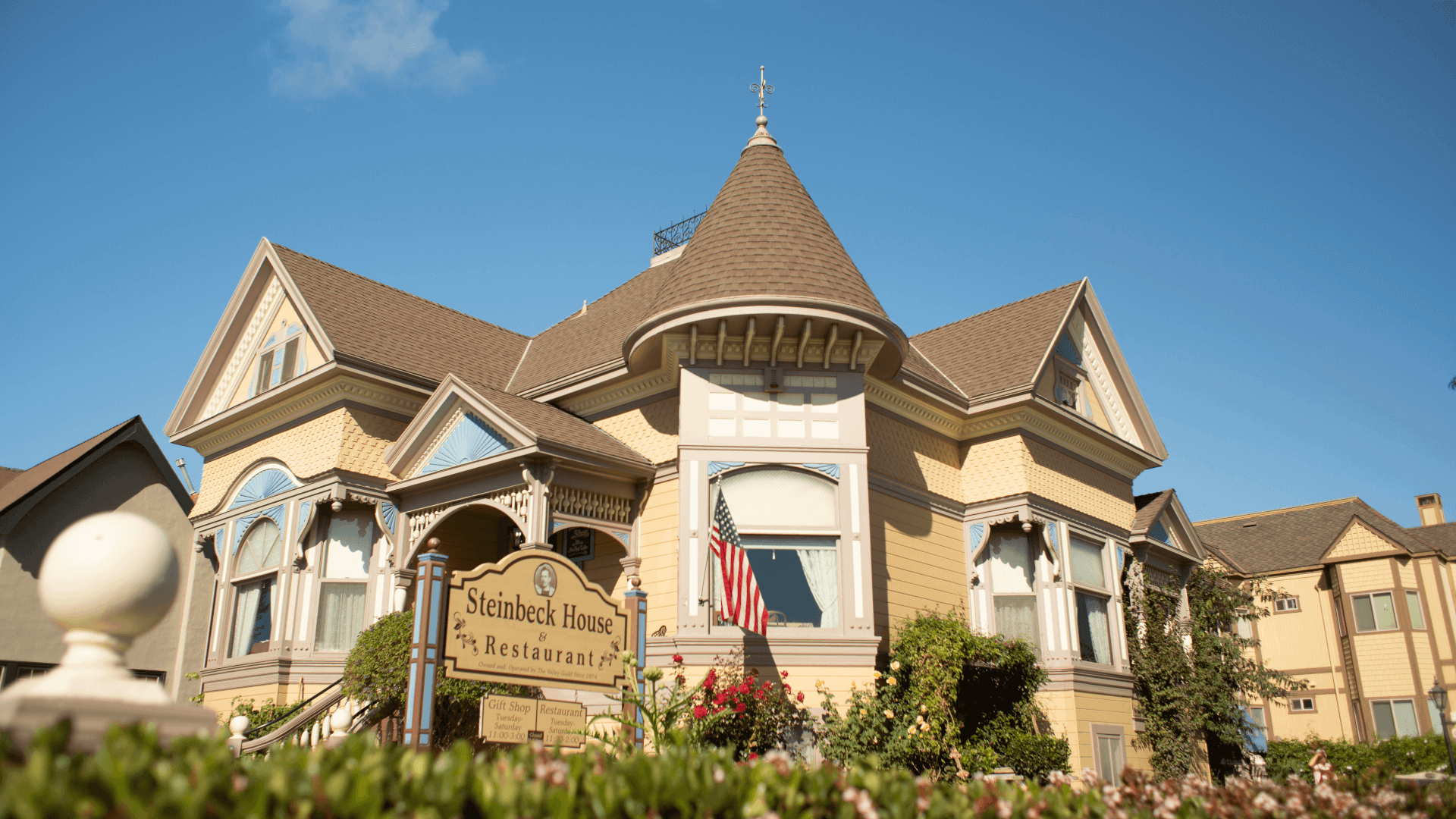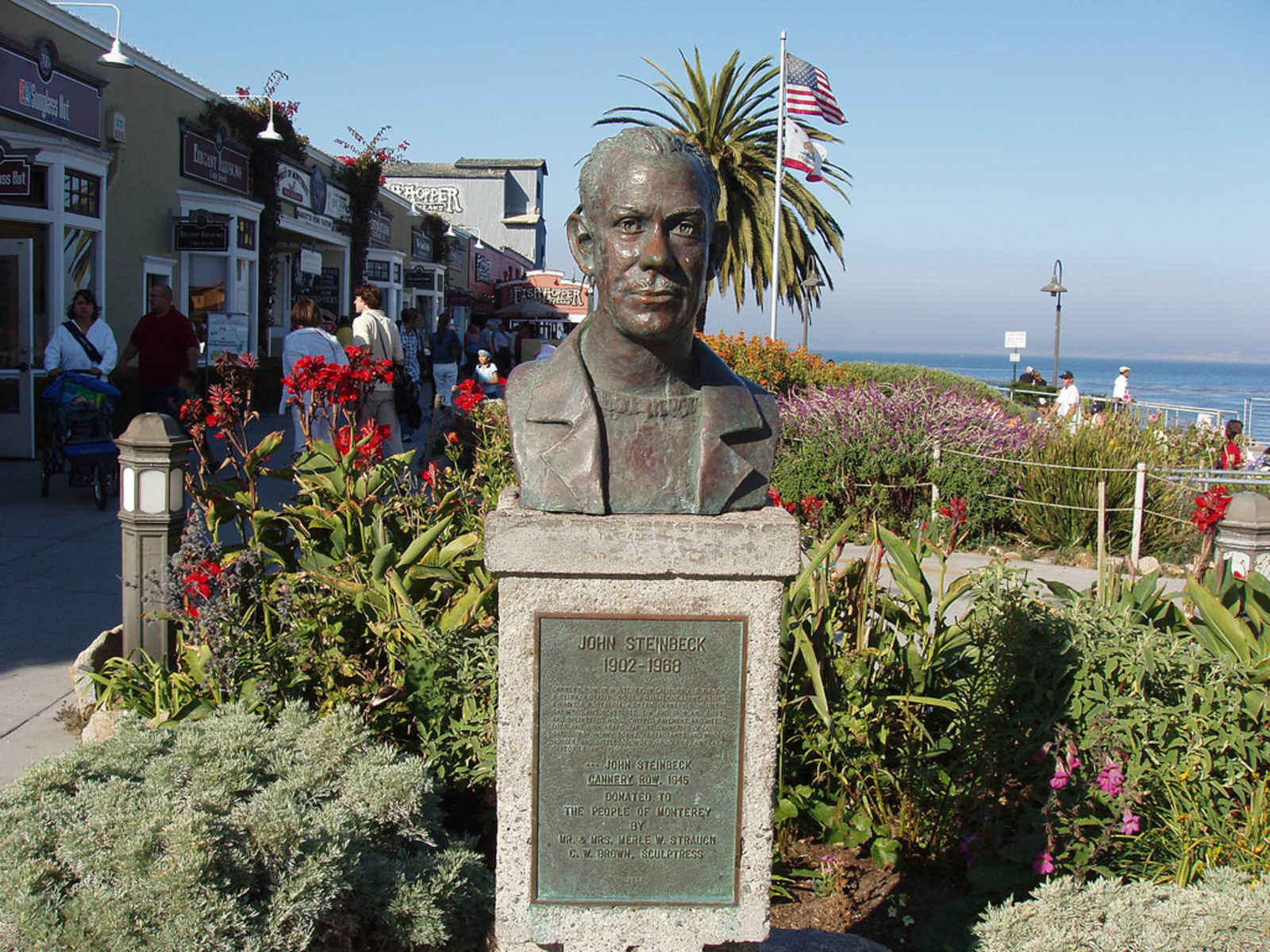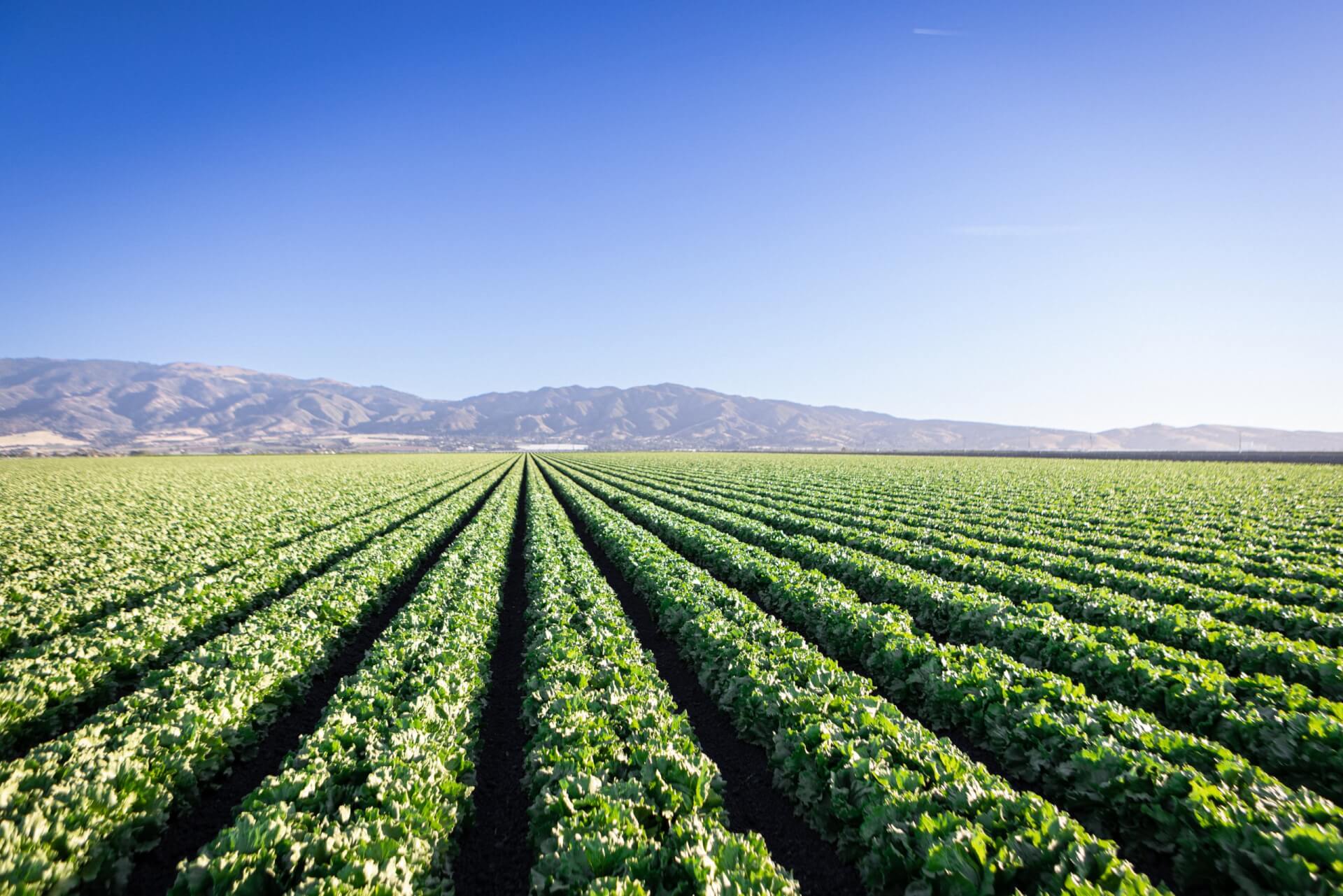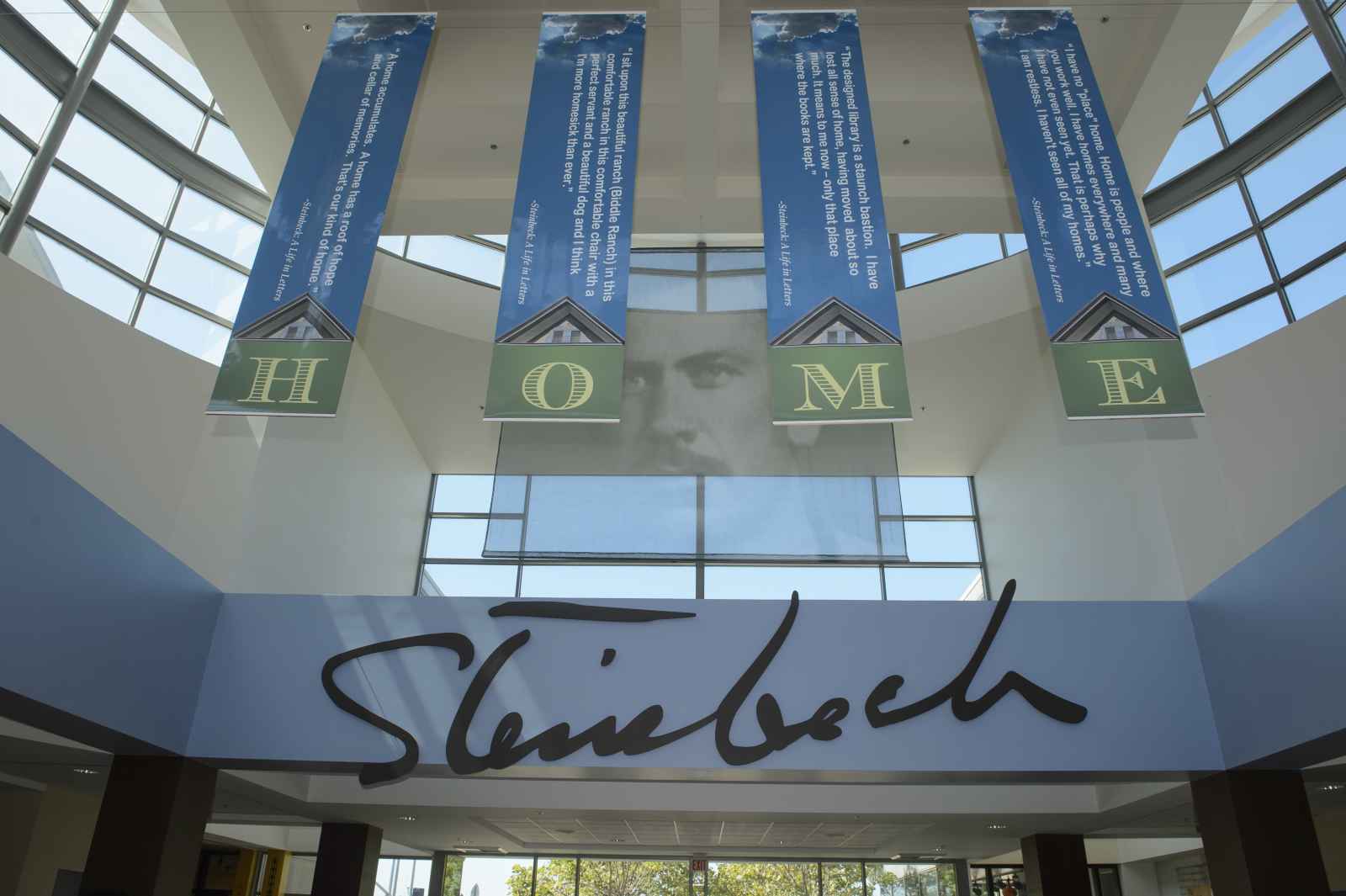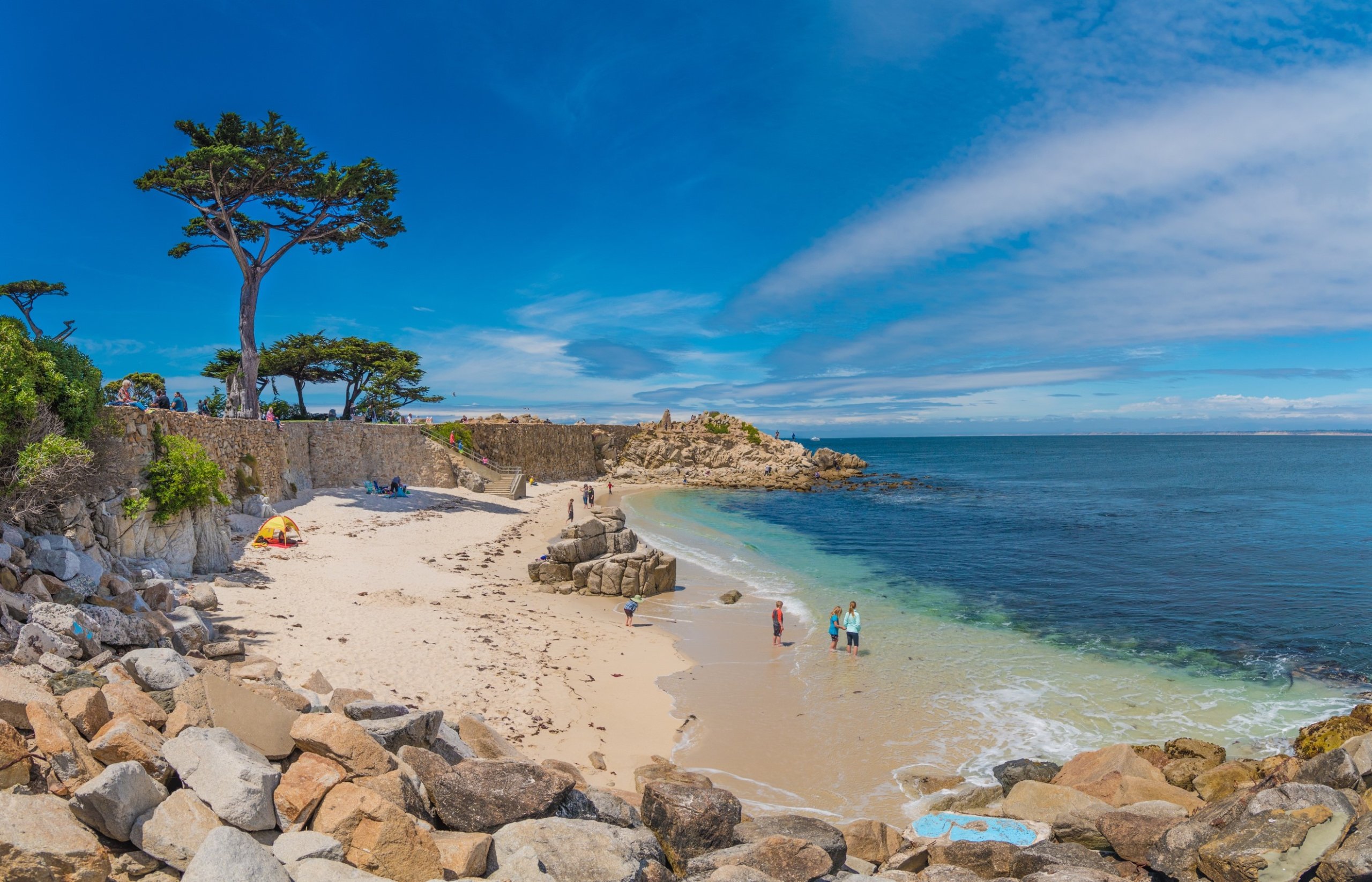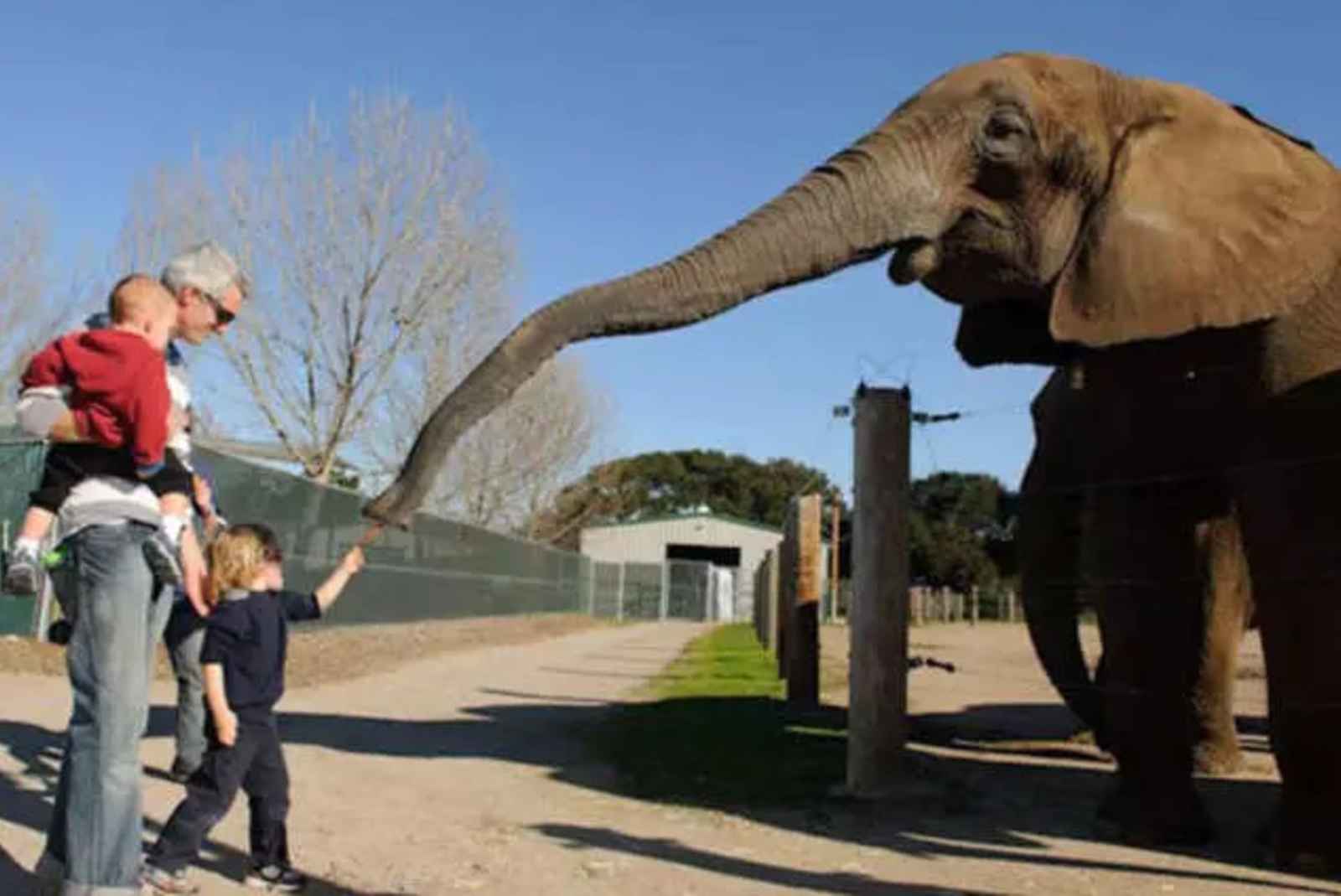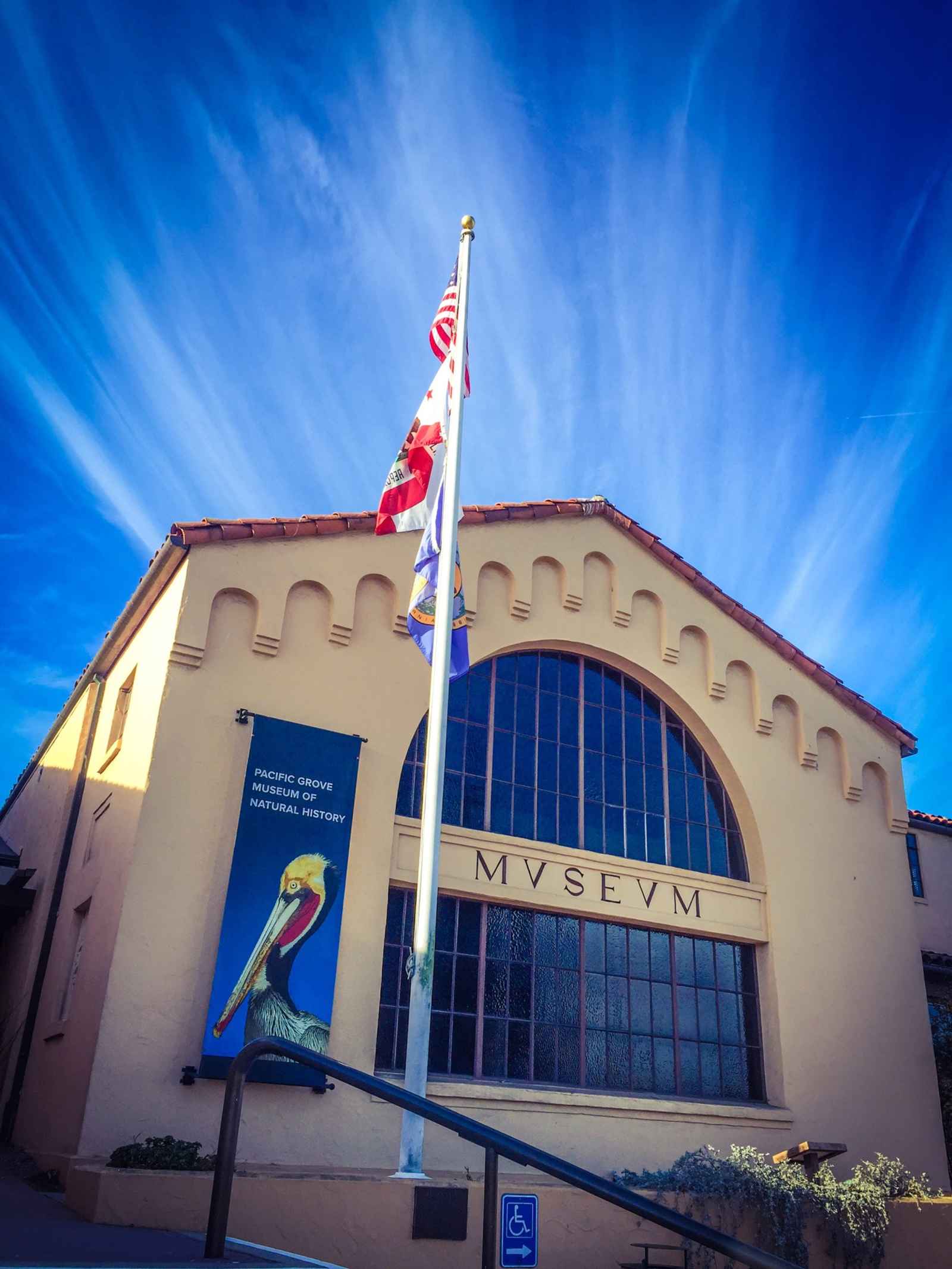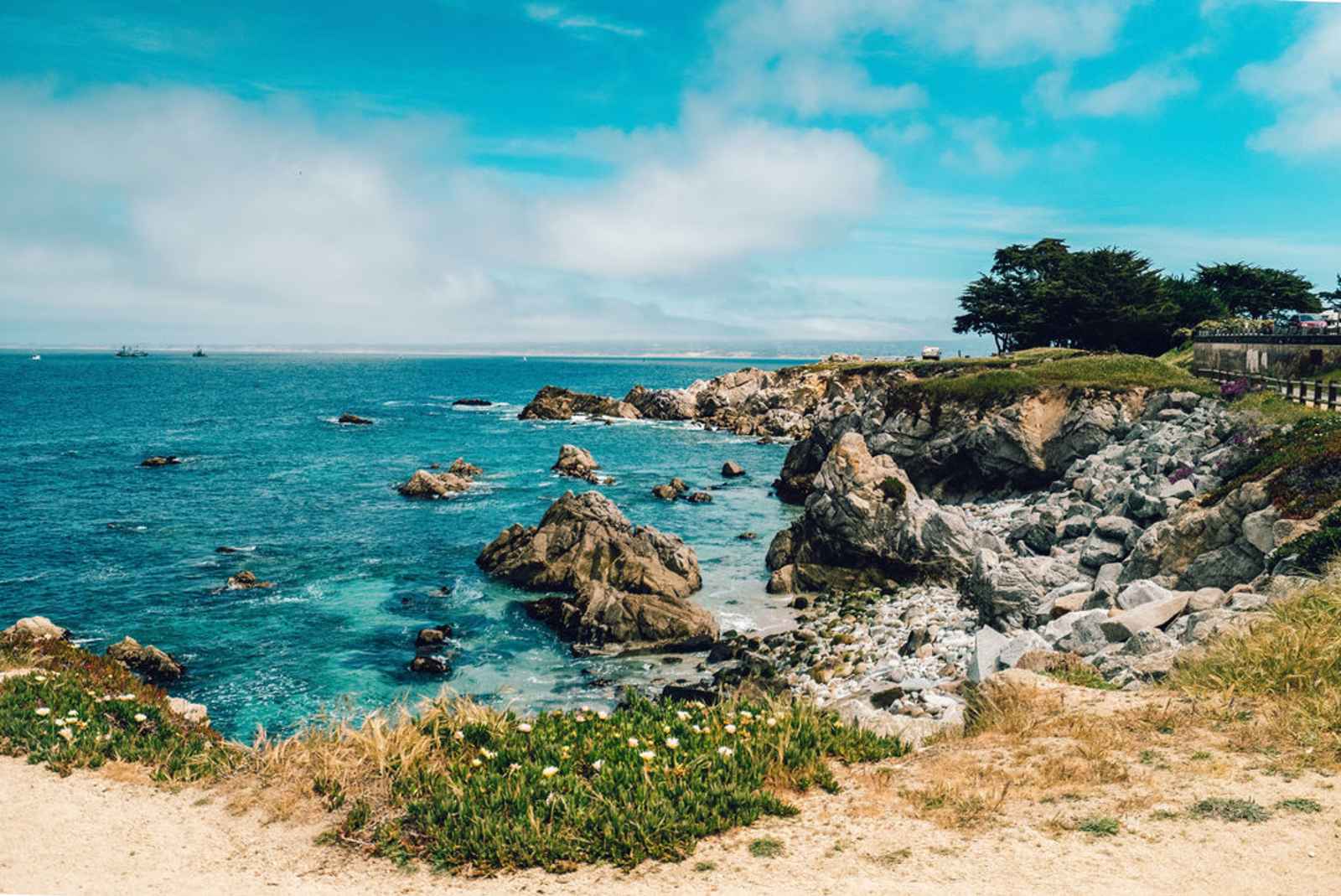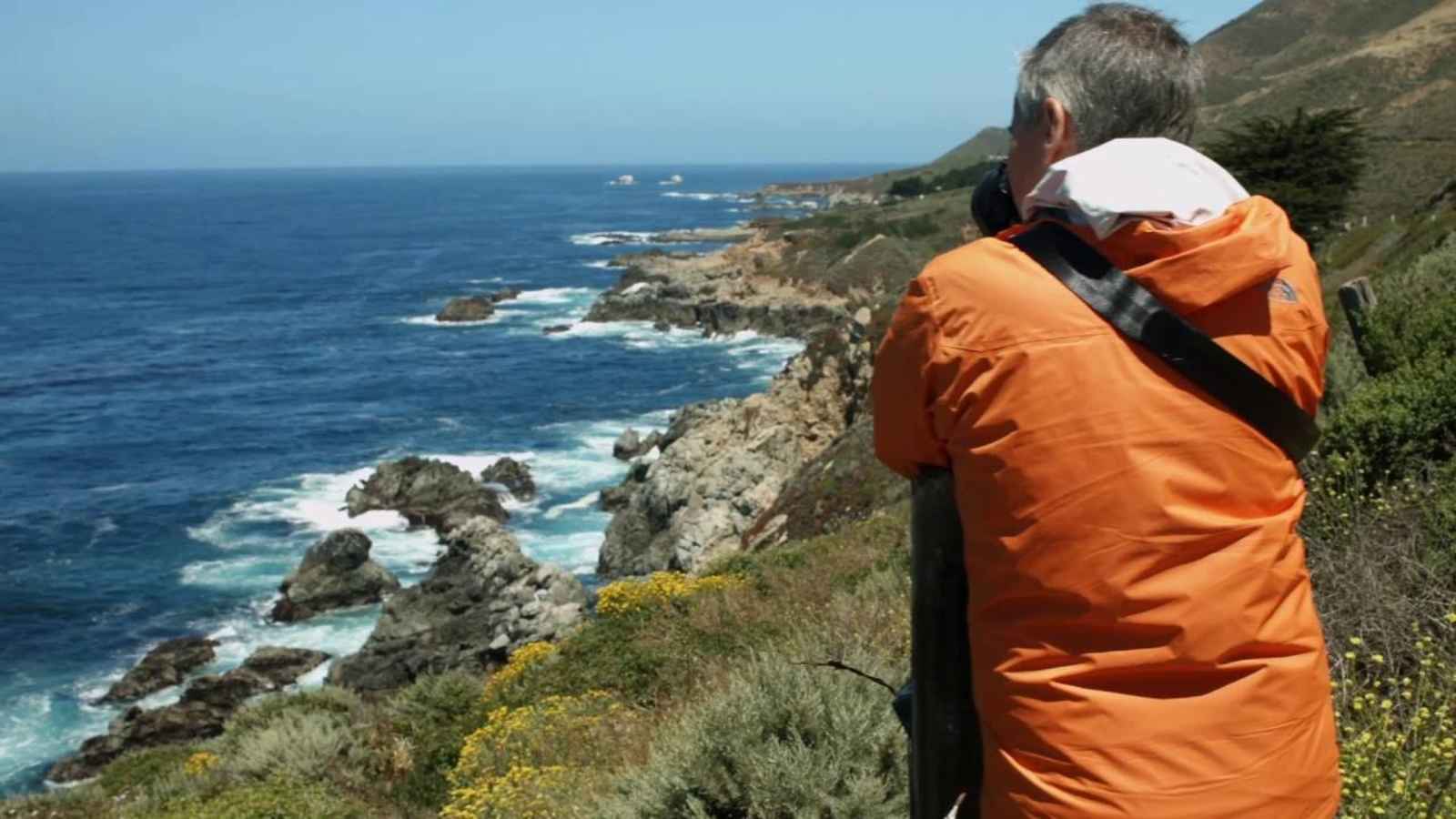Monterey County has been a literary hotbed for over a century. If you're a book lover, don't miss the following sites on your next visit to the area.
1. The National Steinbeck Center
If you're a fan of Nobel Prize-winning author John Steinbeck, you must visit the National Steinbeck Center in Salinas. The museum features interactive exhibits about his writings, displays of archival photos and documents and even Rocinante, the truck Steinbeck drove across the country in Travels with Charley. While you're there, make sure to make reservations at The Steinbeck House, Steinbeck's birthplace and boyhood home, for lunch.
2. The Henry Miller Library
In a landscape littered with unique spots, Big Sur's Henry Miller Library is one of the most unusual. The library, nestled in the center of a redwood grove, was once the home of Miller's former secretary, Emil White. It is now a bookstore and center for the arts. The meadow in the middle of the redwood grove is a performance space, hosting artists ranging from Neil Young, Laurie Anderson and Patti Smith to Animal Collective, Henry Rollins, Black Francis, Dar Williams and many more. To get a feel for another of Big Sur's literary lights, stop at Bixby Bridge on your drive down Highway One. The bridge spans the end of the canyon where Jack Kerouac stayed as he wrote his autobiographical novel, "Big Sur".
3. Robinson Jeffers Tor House
It's both an architectural wonder and the center of one of the greatest literary love stories. Poet Robinson Jeffers built Tor House and Hawk Tower by hand for his wife Una at the beginning of the 20th century, when that section of Carmel was wild and unsettled. The buildings were constructed from stone found in the cove below the home, with the occasional ballast stone or other found objects from Monterey's port working their way into the building. The home became a literary hotspot, as the Jeffers hosted literary luminaries such as Sinclair Lewis, Edna St. Vincent Millay, Langston Hughes and Robert Bly. These writers and others also congregated at the Carmel Arts and Crafts Club, which was destroyed by fire in 1949. The site is now the location of the Golden Bough Theater, home of the Pacific Repertory Theatre.
4. Robert Louis Stevenson House
Monterey's former French Hotel, now known as the Robert Louis Stevenson House, was an important location in yet another literary love story. Author Stevenson moved to Monterey to pursue Fanny Osbourne, with whom he'd fallen in love in France and lived at the French Hotel while he waited for her to divorce her husband. The couple traveled the world together for the next 14 years until Stevenson's death. Stevenson wrote "The Old Pacific Capital" essay about his experiences in Monterey and the surrounding area and many scholars feel that the area also inspired his novel Treasure Island.
5. Cannery Row
Once known as Ocean View Avenue, Cannery Row in Monterey was the location for one of John Steinbeck's most famous books, Cannery Row. On a walk from the Monterey Bay Aquarium to McAbee Beach, visitors can see many buildings that were the basis for locations in the novel. A red building on the west side of the street still has a sign labeling it "Wing Chong's Market;" this was the basis for Lee Chong's grocery. Directly across the street in a weathered wooden building was Doc Rickett's "Pacific Biological Laboratory," the basis for Doc's "Western Biological Laboratory." Cannery Row also holds busts of both Steinbeck and his old friend, Doc Ricketts.
6. Point Pinos Lighthouse
In his composition "The Old Pacific Capital," written in 1879, Robert Louis Stevenson writes of visiting "Point Pinos, with the lighthouse in a wilderness of sand, where you will find the lightkeeper playing the piano..." Point Pinos Lighthouse was then a state-of-the-art facility and one of the only buildings in Pacific Grove that was occupied year-round. From the lighthouse, it's easy to see how the views of the Central Coast could have inspired his book Treasure Island and the rest of the chapter gives a window back in time to what Pacific Grove was like at its very beginnings.
7. Mission San Antonio de Padua
The area Nuestra Señora in John Steinbeck's second novel, "To A God Unknown," is a thinly disguised version of the town of Jolon. The church in the village - "often vacant now and its saints were worn and part of its tile roof lay in a shattered heap on the ground" - is a perfect match for Mission San Antonio de Padua as it looked during the era. It's still an active parish today and is in better repair than it was in Steinbeck's time.
8. Point Lobos State Natural Reserve
According to locals, Point Lobos State Natural Reserve was one of Robert Louis Stevenson's inspirations for his novel Treasure Island. In 1934, it was used as a location for a film based on the book starring Jackie Cooper. It's also provided the location for many films based on other great novels, including "Ramona," "Ress of the Storm Country," "The Iron Mark," "Rebecca," "Lassie Come Home," "The Sandpiper," "The Graduate" and "A Summer Place".
9. Lara-Soto Adobe
John Steinbeck said the Lara-Soto Adobe at 460 Pierce Street in Monterey was "a house I have wanted since I was a little kid." While he lived there, Cannery Row was published. He also wrote the novella The Pearl while living there. The Lara-Soto Adobe lies on Monterey's Path of History, which goes past other important literary sites. These include the Robert Louis Stevenson House and the Mayo Hayes O'Donnell Library, formerly the Protestant church where Steinbeck's son was baptized.
10. Fremont Peak
In John Steinbeck's autobiographical work "Travels With Charley," in which he chronicles his last road trip across the United States, he writes that his last view of his native region was from the top of Fremont Peak. "This solitary stone peak overlooks the whole of my childhood and youth, the great Salinas Valley stretching south for nearly a hundred miles, the town of Salinas where I was born now spreading like crabgrass toward the foothills," he wrote. According to Steinbeck's son Thom, his father knew he was dying when he embarked on this trip, making this spot an especially poignant location for the true Steinbeck enthusiast.

